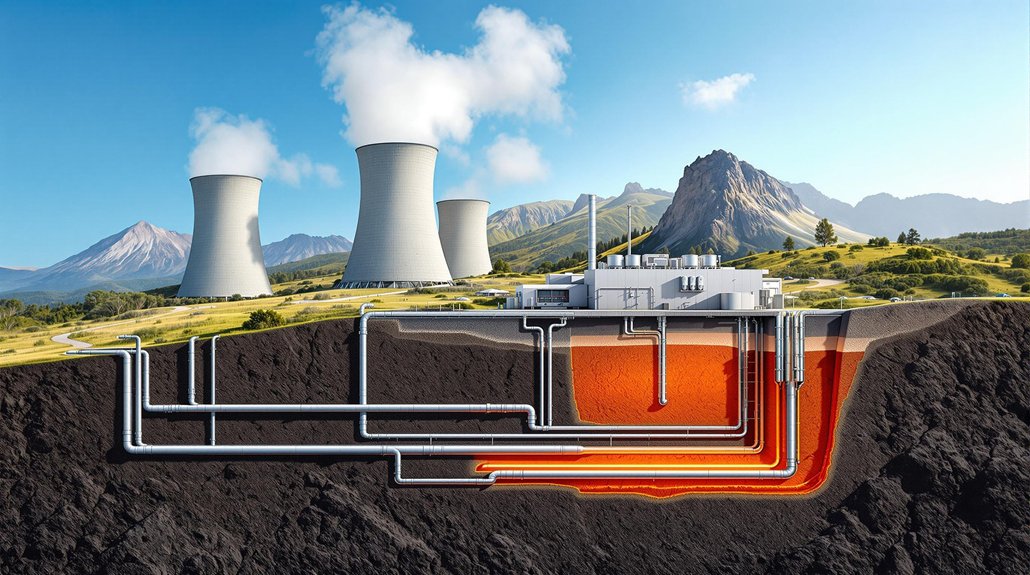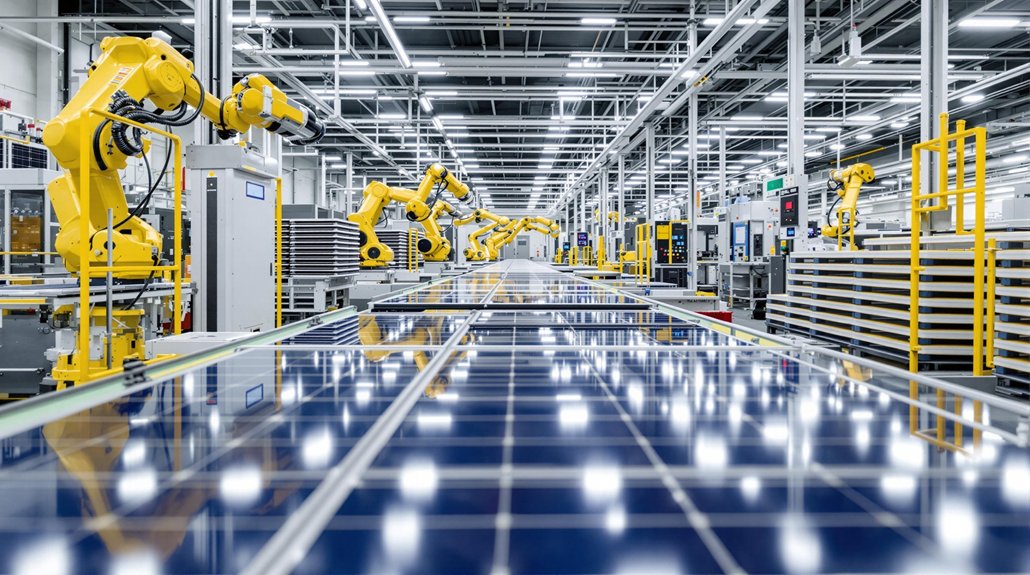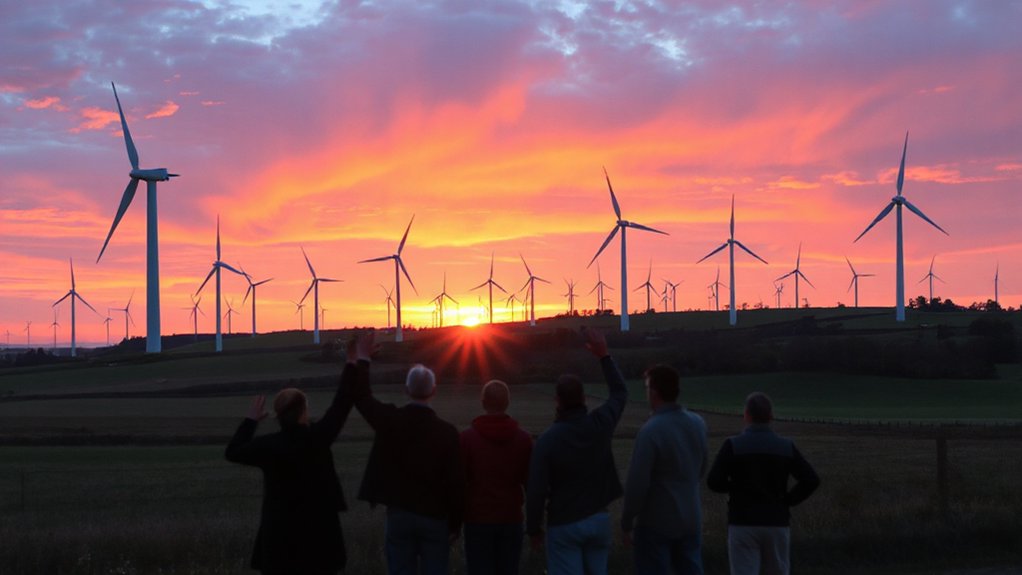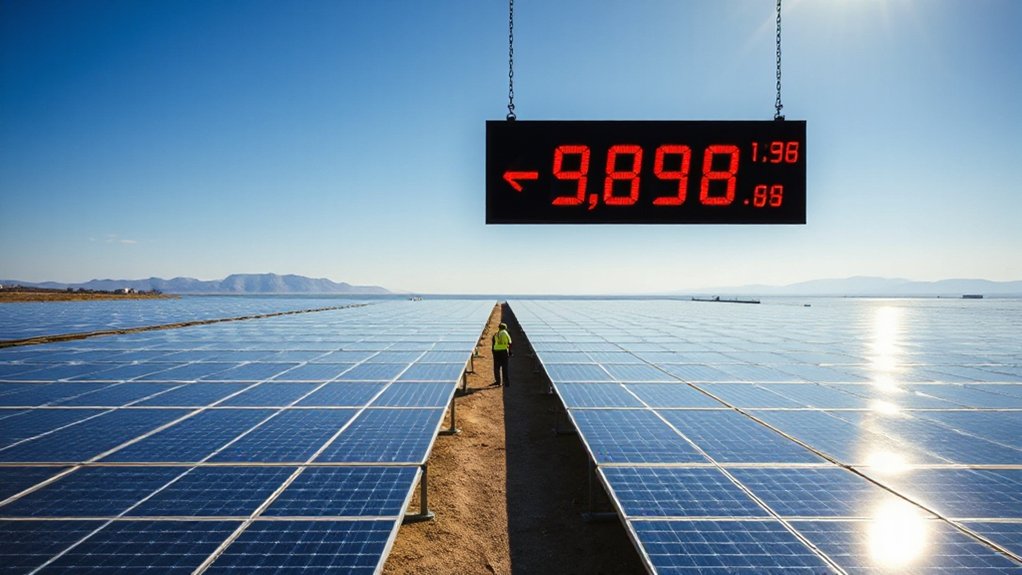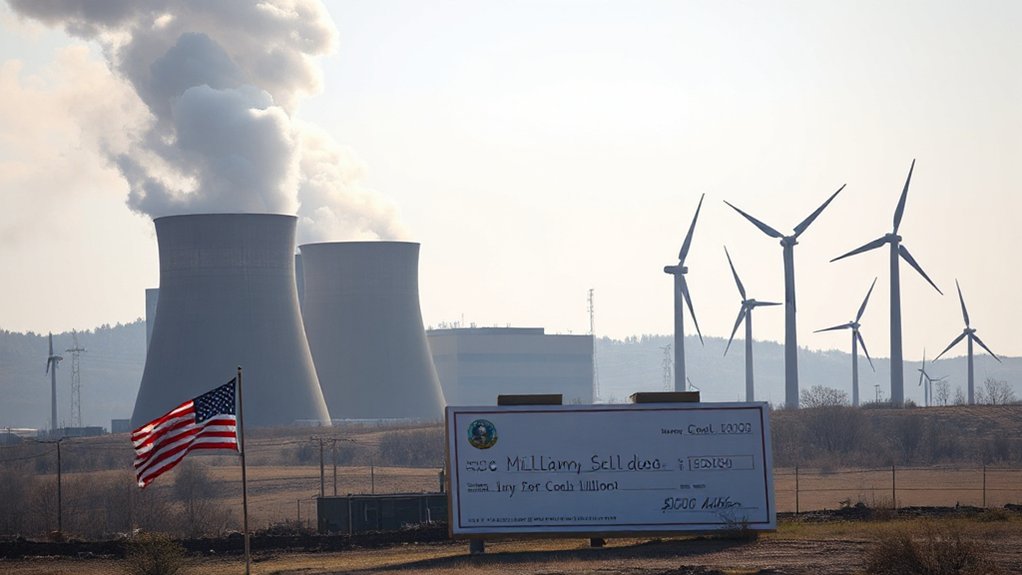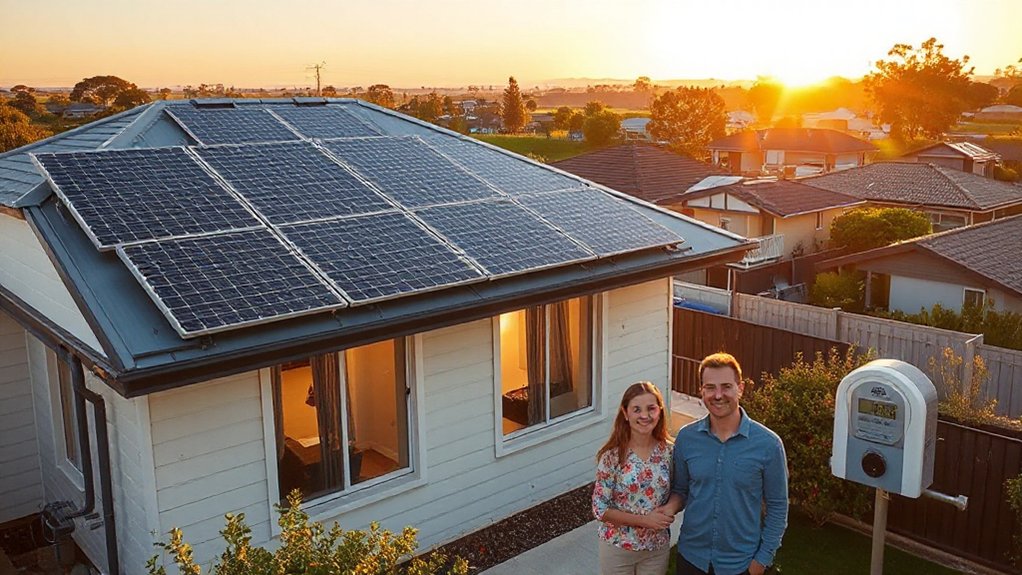Plants are nature’s energy-hoarding masters, storing their solar profits in multiple forms. Through photosynthesis, they convert sunlight into chemical energy, primarily stashing it away as starch in chloroplasts and amyloplasts. But they’re not one-trick ponies – these green machines also bank energy in lipids and proteins, especially in seeds and tubers. The whole process is a finely tuned orchestra of enzymes, hormones, and cellular machinery. There’s more to this botanical banking system than meets the eye.
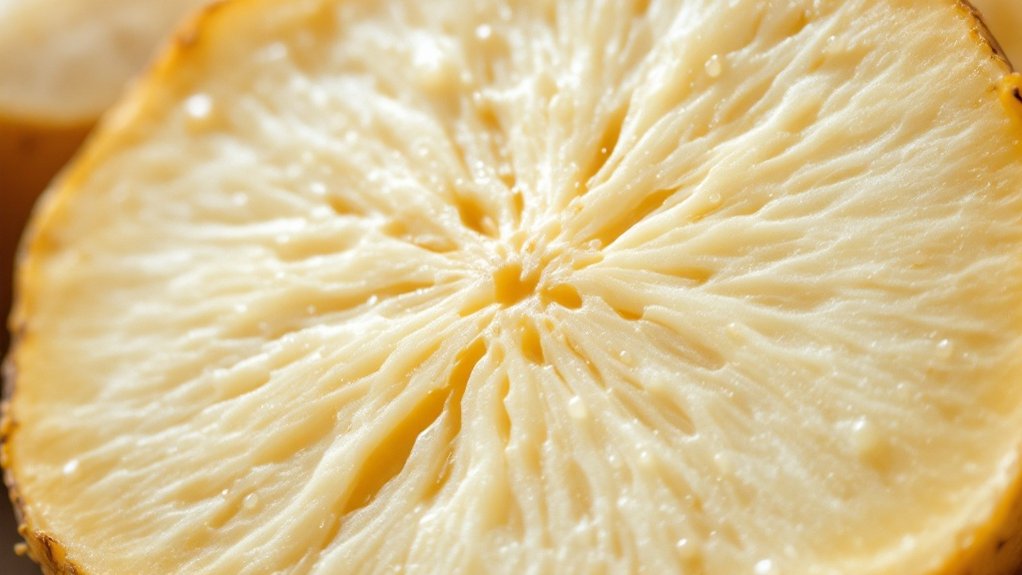
Plants are nature’s ultimate hoarders. They squirrel away energy in every conceivable form – sugars, fats, proteins, you name it. And they’re not picky about where they store it either. From specialized underground bunkers like tubers and rhizomes to microscopic cellular vaults, plants have turned energy storage into an art form.
The whole process starts with photosynthesis, nature’s own solar power plant. Light hits those leafy solar panels, and the chlorophyll gets to work. The thylakoid membranes buzz with activity, churning out ATP and NADPH like tiny factories. Meanwhile, the Calvin cycle, operating in the chloroplast’s stroma, transforms carbon dioxide into glucose. It’s basically alchemy, but with actual science behind it. Stomata control helps regulate gas exchange for optimal photosynthesis rates. When light energy becomes excessive, plants employ anthocyanin accumulation as a natural sunscreen to protect their cellular machinery.
Starch is the plant’s go-to storage solution – the equivalent of stuffing cash under your mattress. Made up of amylose and amylopectin, it’s packed into chloroplasts for short-term storage and amyloplasts for the long haul. When energy’s needed, amylase enzymes break it down. Simple, efficient, and totally unglamorous.
But some plants prefer to live large with lipids. These energy-rich compounds pack more than twice the calories of carbohydrates – 9 kilocalories per gram versus a measly 4 for carbs. Seeds are particularly fond of this high-energy currency, storing it in tiny oil bodies called oleosomes. It’s like having a high-yield savings account for future generations.
Proteins get in on the action too, especially in seeds. These storage proteins – albumins, globulins, and prolamins – are basically amino acid piggy banks for growing seedlings. They’re locked away in protein bodies until proteases crack them open like biological safecrackers.
The whole operation runs like a well-oiled machine, regulated by circadian rhythms and plant hormones. Environmental conditions throw in their two cents, and genetic factors call the shots on what gets stored where.
It’s a complex dance of molecules and metabolism, all choreographed to keep plants alive and thriving. Nature’s efficiency at its finest – no waste, no shortcuts, just pure survival strategy.

